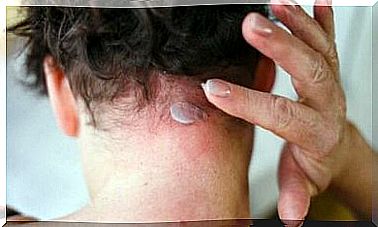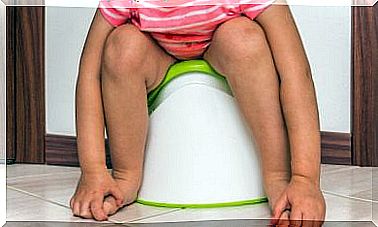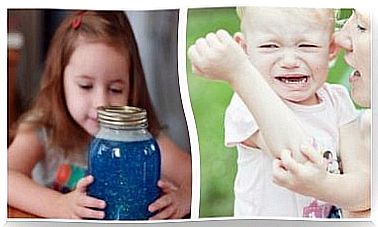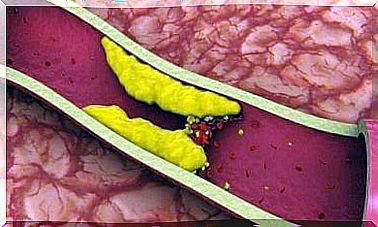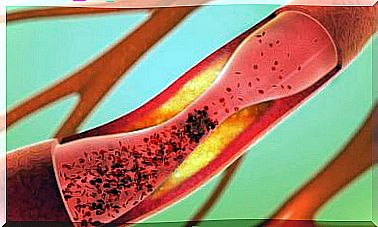How To Revive A Baby?
Babies are often exposed on a regular basis to various accidents which can seriously endanger their lives. Knowing the techniques of cardiopulmonary resuscitation can be vital in a situation that affects the breathing and heart rate of a baby or toddler.
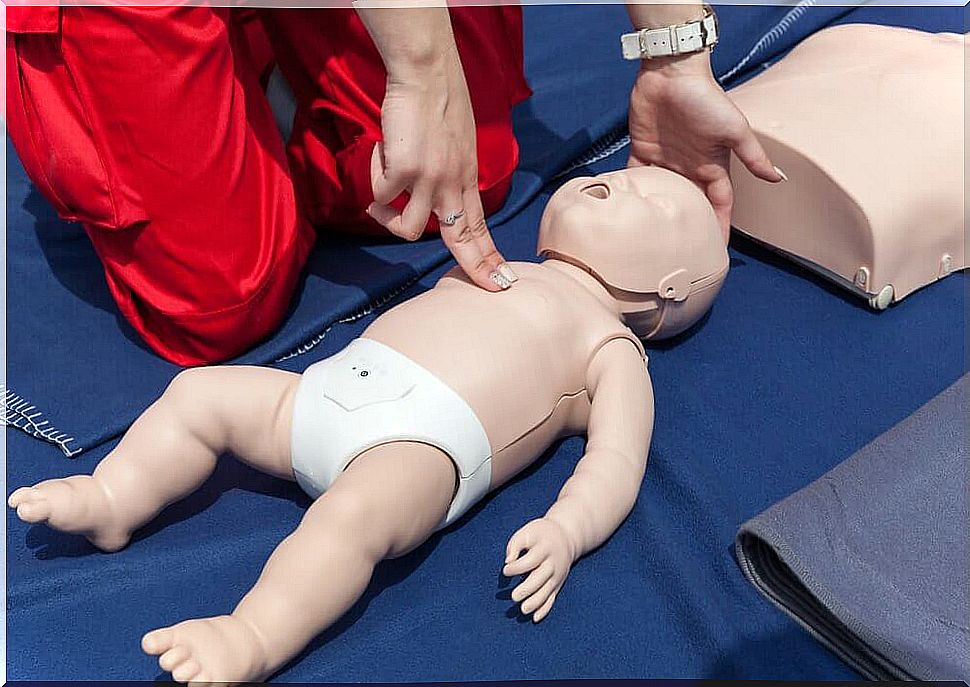
The techniques for resuscitating a baby respond to situations in which no one wishes to experience them, let alone with a toddler. However, knowing how to properly perform these resuscitation procedures can, without a doubt, be the difference between life and death.
Cardiopulmonary resuscitation, or CPR, is a life-saving procedure that is performed when breathing or the heartbeat has stopped working. The procedure described here is not a substitute for CPR training.
If you are a parent or caring for a baby, attending a baby resuscitation training class can be very helpful in an emergency. In addition, be aware that the CPR applied to a baby also varies as the child grows.
When to resuscitate a baby

Babies are born explorers. Their interest in knowing the world around them can lead them to be victims of accidents which put their lives in danger. This is why it is so important for parents or caregivers to minimize and be aware of risk factors in a baby’s environment. On the other hand, one must also always be attentive to their constant movements and movements.
In the event of an accident, time is very important. When a baby needs to be resuscitated because he is unconscious and cannot breathe, if he goes even 4 minutes without oxygen, he could suffer irreversible brain damage and die between 4 and 6 minutes later.
Cardiopulmonary resuscitation in babies
If a baby starts making strange noises or doesn’t make a sound, or if they feel nauseous or their skin starts to change color, they are likely to be suffocating. In this case, you need to act quickly and stay calm to be most effective in performing resuscitation techniques for a baby.
What can keep the baby from breathing or having a heart attack?
- Asphyxiation with small objects such as buttons, coins, toys, among others, or with food.
- A complicated lung disease
- Poisoning by food, drugs or toxic substances
- Drowning in the water of a bathtub or in a swimming pool
- Electric shock
- Excessive bleeding from a wound
- Head trauma or other serious injury resulting from a fall
What are the steps to resuscitate a baby?
Find out below about the different steps that can help you resuscitate a baby in the event of asphyxiation.
1. Quickly assess the situation
If your baby is coughing and can’t breathe, and his skin changes color, you need to help him push out what is blocking the passage of air. Coughing is the natural mechanism for clearing the obstruction.
If the baby is unconscious, perform cardiopulmonary resuscitation to regain breathing and pulse. Have someone call emergency services in your community while you are assisting them.
If you are alone, don’t neglect the baby when making an emergency call. Start with two minutes of CPR, then make the call without losing sight of the baby. All these procedures should be carried out with extreme care and great gentleness.
2. If your baby is conscious, help him expel whatever is choking him.
- Place the baby face up on your forearm and hold her head and neck with the same hand. Place the other hand and forearm on the child, so that the child is in the middle of your forearms.
- With the other hand, use your thumb and forefinger to hold the baby’s jaw. Turn it over and place it on the other side, resting it on your other forearm. Support the arm that is holding the baby on your thigh. The baby’s head should be under your chest.
- With your free hand, give five firm blows between the baby’s shoulder blades to help push out the possible object. Hold its jaw firmly, and enough to hold its head and neck at the same time.
- If the baby is not expelling an object, place your free hand (which you have kicked on the back with) on the back of the neck and support that arm along your baby’s spine. Then, turn it while holding your other hand and forearm on your chest.
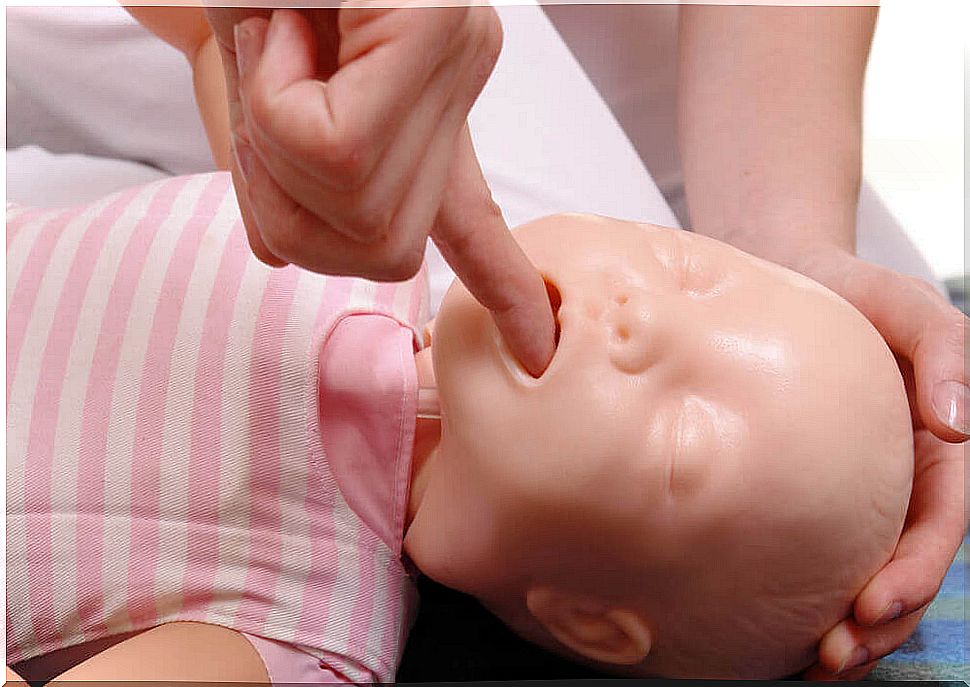
- With the hand supporting the baby’s head, use your thumb and forefinger to hold his jaw firmly. Support the arm that holds your baby’s back on your thigh. Make sure the baby’s head stays well below his body.
- Place two or three of your fingers in the center of the baby’s chest, level with his or her torso. Press down on the chest, trying to apply pressure of about 3 to 4 centimeters. Release this pressure to return the chest to its normal position, without removing your fingers from the breastbone.
- Perform 5 more pectoral pressures, gentle and never sudden. Repeat the procedure and turn the baby over giving 5 light strokes on the back, then repeat the chest compressions. Continue resuscitation, until the object is expelled from its mouth or your baby begins to cough or breathe on its own.
3. If you need to resuscitate an unconscious baby, perform cardiopulmonary resuscitation.
- First check whether the baby is unconscious. You can shout his name for example. Notice if his chest is moving and try to listen to his breathing.
- Gently place the baby on his back on a hard surface. With one hand, you will hold the baby’s forehead while tilting his head back. With the other hand, you will apply pressure to the baby’s chest. This pressure should lower the baby’s chest by 3 to 4 centimeters before letting it rise completely.
- Then perform 30 presses in the same way. Count and perform the presses quickly and without pausing (“and 1, and 2, and 3”, until you reach 30).
- Open the baby’s airways. For this you will need to lift his chin with one hand, while you push his head back over the forehead with your other hand.
- Check to see if the baby is catching his breath correctly. Place your ear near the baby’s nose and mouth, check if his chest is moving and if he is catching his breath while breathing normally. Get closer to his cheeks to examine him in detail.
- If the baby is not breathing, put your mouth over hers and her nose, or just over her nose, keeping her mouth closed. Then take two breaths or two exhalations, which should last a second and lift the baby’s chest.
- If the baby is still not breathing, check to see if you can see anything that might be blocking his airways. If you can see it, try to extract it with your pinky finger. Repeat the compressions and 2 breaths until the baby recovers or help arrives.
Other precautions to take before resuscitating a baby
What other precautions should I take before performing cardiopulmonary resuscitation?
If there is a risk of spinal injury, avoid twisting the baby’s head and neck. To try to resuscitate a baby in this condition, you will need to move the baby with the help of another person. In addition, if the baby is bleeding, you must first check the bleeding before performing the cardiopulmonary resuscitation technique.
The baby should never be left alone in the event of an accident. Calling the emergency services in your area is very important because the faster you react, the more likely your baby will be able to come out unharmed. But if you are alone, remember: apply the first two minutes of CPR, then make the phone call without ever neglecting the baby for a second.
In the event that you have an automatic external defibrillator and it is ready for use, you can do so without performing CPR. An Automated External Defibrillator (AED) is a portable, battery-operated device. Its main role is to analyze the activity of the heart of a person in cardio-respiratory arrest. These machines have pads or paddles that sit on the chest and automatically control the heart rate.
This device will send a sudden shock if it detects that the heart needs it. It helps restore a normal heart rhythm if it is affected. However, you need to make sure that it can be used for your baby’s age. In all cases, you must strictly follow the instructions for using this device to resuscitate a baby. Early defibrillation combined with cardiopulmonary resuscitation greatly increases the chances of survival of a person in cardiopulmonary arrest.
In order to be able to perform this medical procedure as quickly as possible, there are simplified devices called fully automatic defibrillators (AED) or semi-automatic defibrillators (AED). These devices automatically diagnose ventricular fibrillation using EKG analysis software. They can be used by emergency responders and firefighters, but also by the general public without necessary training.



